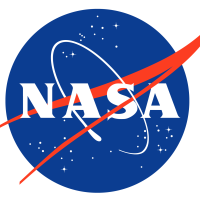Last Chance to See Total Lunar Eclipse Until 2025!
For the second time in 2022, stargazers will have the opportunity to view a total lunar eclipse on Nov. 8. At least a portion of the phenomenon will be visible throughout eastern Asia, Australia, the Pacific, and North America. The previous total lunar eclipse happened in May.
According to Alphonse Sterling, astrophysicist from NASA’s Marshall Space Flight Center in Huntsville, Alabama, total lunar eclipses occur approximately once every 1.5 years on average. While the Moon has been providing generous eclipse viewing opportunities this year, viewers should take advantage of November’s eclipse because the next total lunar eclipse will not occur until 2025.
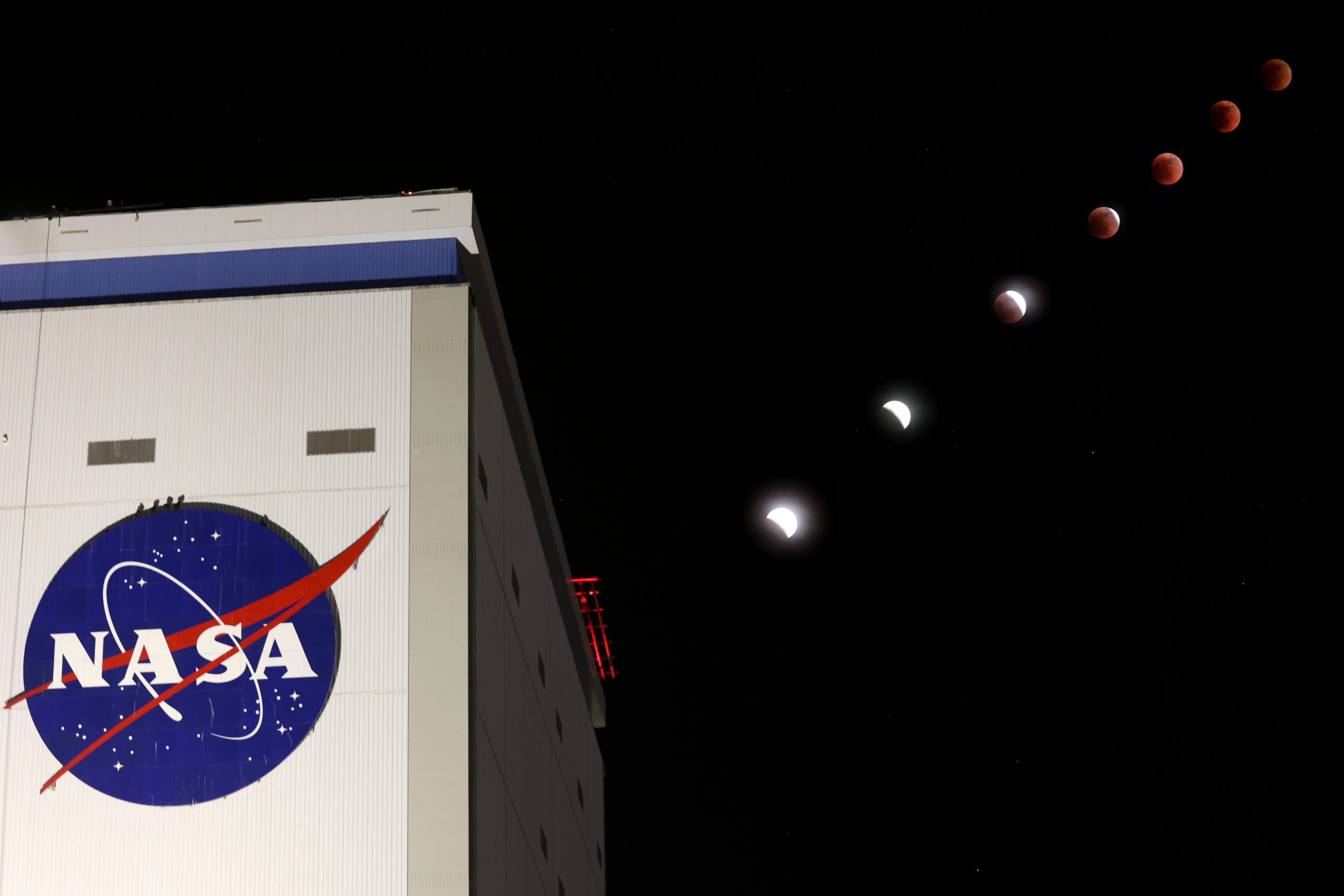
Image credit: NASA/Michael DeMocker
A total lunar eclipse occurs when Earth casts a complete shadow – called an umbra – over the Moon. Earth’s shadow is categorized into two parts: the umbra, the innermost part of the shadow where direct light from the Sun is completely blocked, and the penumbra, the outermost part of the shadow where the light is partially blocked.
During a total lunar eclipse, the Moon and the Sun are on opposite sides of Earth. Many people wonder why lunar eclipses don’t happen every month given the Moon completes an orbit around Earth every 27 days. The reason is because the Moon’s orbit around Earth is tilted relative to Earth’s orbit around the Sun, so the Moon often passes above or below Earth’s shadow. Lunar eclipses are only possible when the orbits align so that the Moon is directly behind Earth relative to the Sun.
For North America the action will start in the early hours of the morning on Nov. 8. The partial eclipse will begin at 3:09 a.m. CST, with totality beginning at 4:16 a.m. and ending at 5:42 a.m. Then, the partial phase will resume, lasting until 6:49 a.m. Those in the eastern part of the United States will miss most or all of the last partial phase because the Moon will set during totality or shortly after totality ends.
Another feature of a total lunar eclipse is the Moon’s red hue during totality. The red color occurs because of the refraction, filtering, and scattering of light by Earth’s atmosphere. The scattering is a phenomenon called Rayleigh scattering – named after the 19th-century British Physicist Lord Rayleigh.
Rayleigh scattering is also the reason for red sunrises and sunsets. Light from the Sun collides into the gases of Earth’s atmosphere and because of its shorter wavelength, blue light is filtered out, but red light is not easily scattered because of its longer wavelength. Some of that red light is refracted, or bent, as it passes through Earth’s atmosphere and ends up shining on the Moon with a ghostly red light. The degree of redness of a fully eclipsed Moon can be influenced by atmospheric conditions resulting from volcanic eruptions, fires, and dust storms.
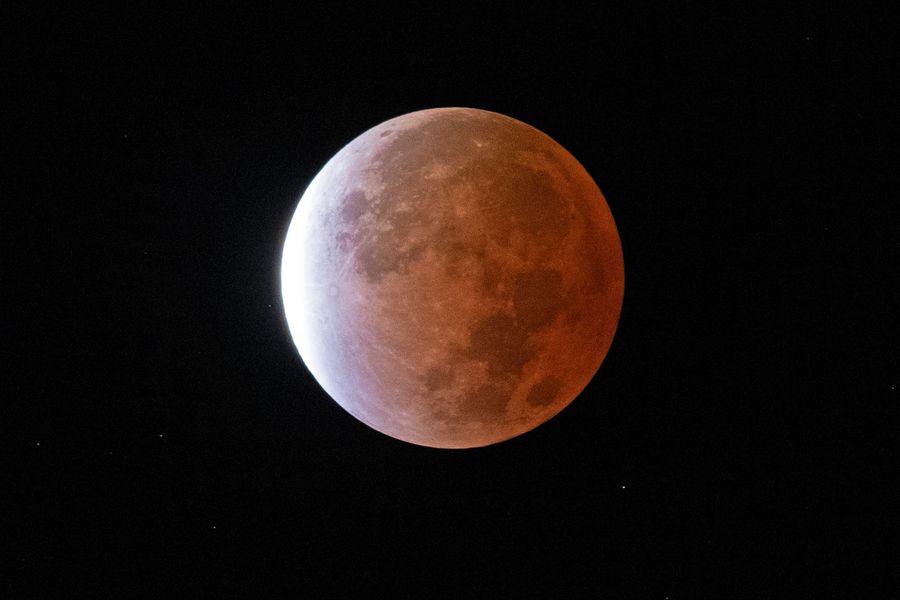
But what does Earth look like from the Moon’s perspective during a lunar eclipse? According to Mitzi Adams, astrophysicist at Marshall, astronauts on the Moon during a total lunar eclipse would see a red ring around a silhouetted Earth. As NASA works to establish a permanent human presence on the Moon through the Artemis program, it’s fascinating to consider how Earthlings will experience astronomical events away from their home planet.
No special eye protection is needed for viewing a lunar eclipse, unlike solar eclipses (which occur during the daytime). While the lunar eclipse can be observed with the unaided eye, a pair of binoculars or a telescope can enhance the view.
Sterling says a fun activity for those who stargaze with family or friends is to discuss who notices the reddish hue of totality first and how it progresses throughout the eclipse.
Gain more understanding of lunar eclipses, learn about NASA’s observations of eclipses, and inspire young stargazers with activities and information.
Finally, if you want to know what else is happening as you watch the skies in November, check out Jet Propulsion Laboratory’s latest “What’s Up” video:
Happy skywatching!
by Lane Figueroa


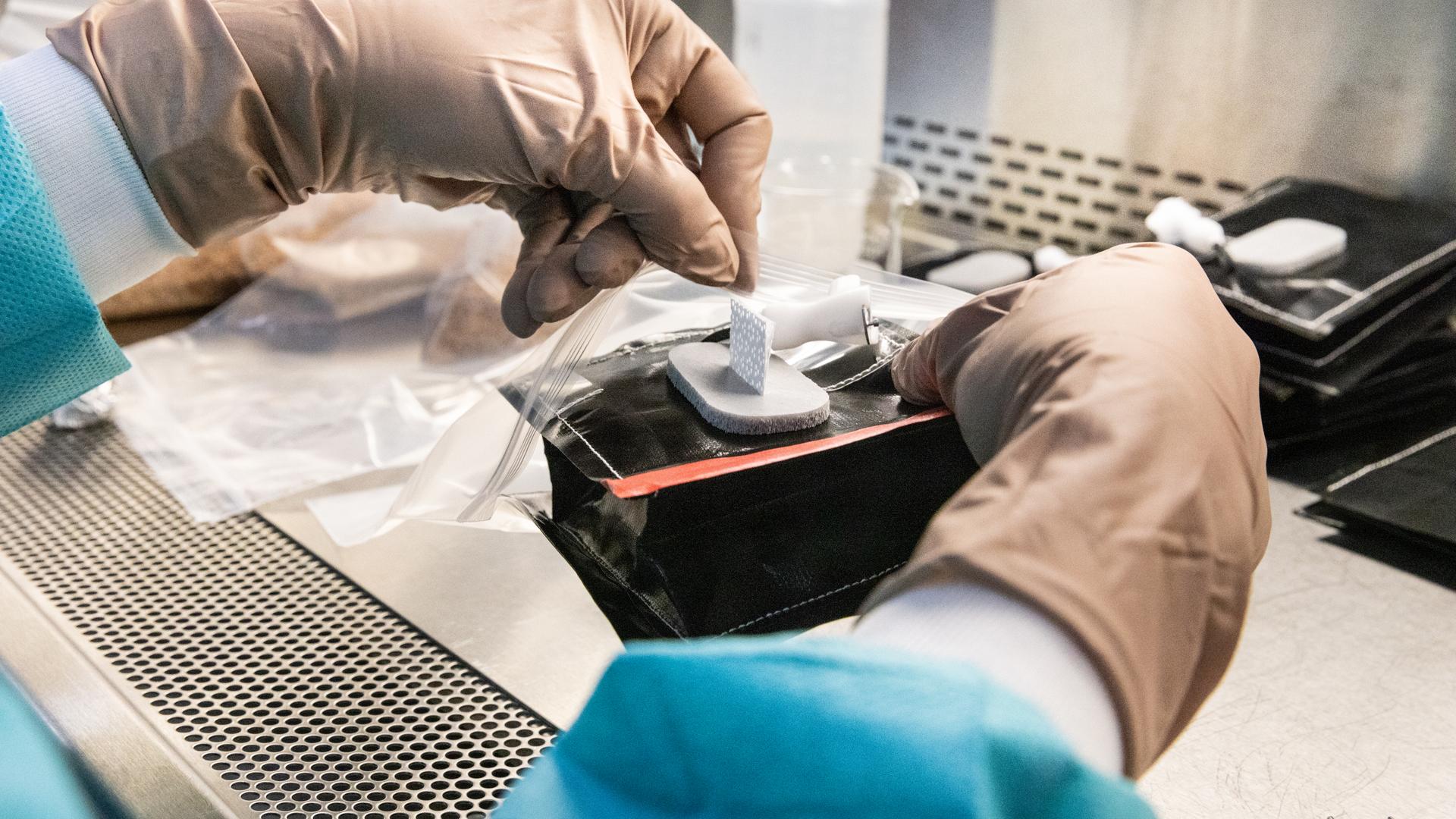

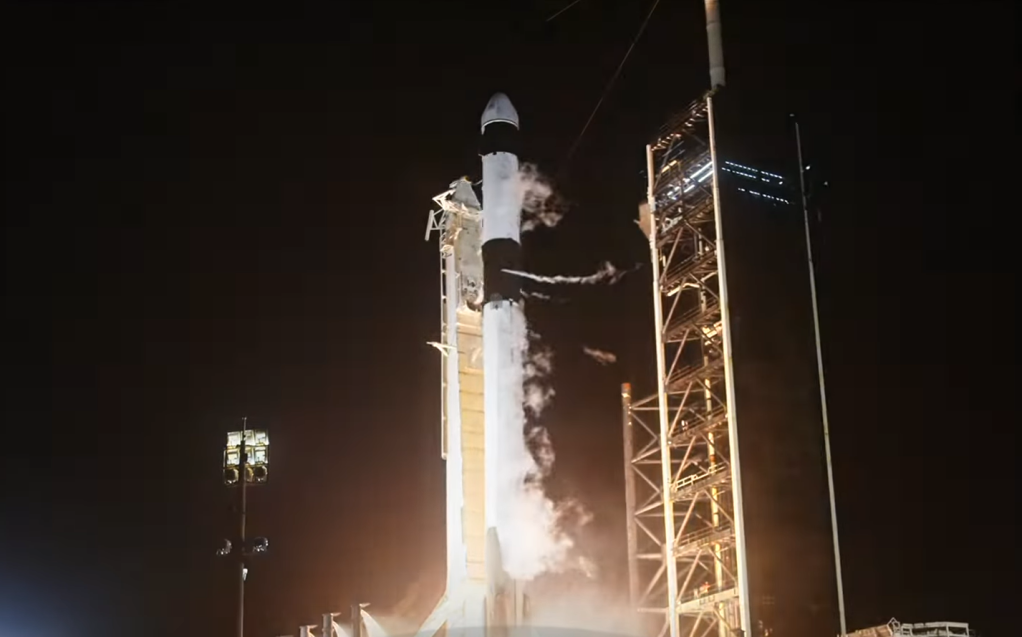


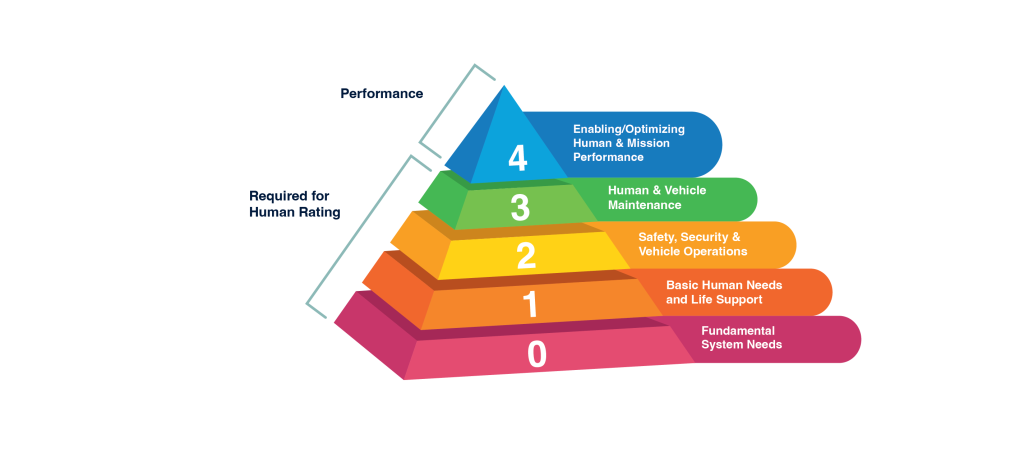
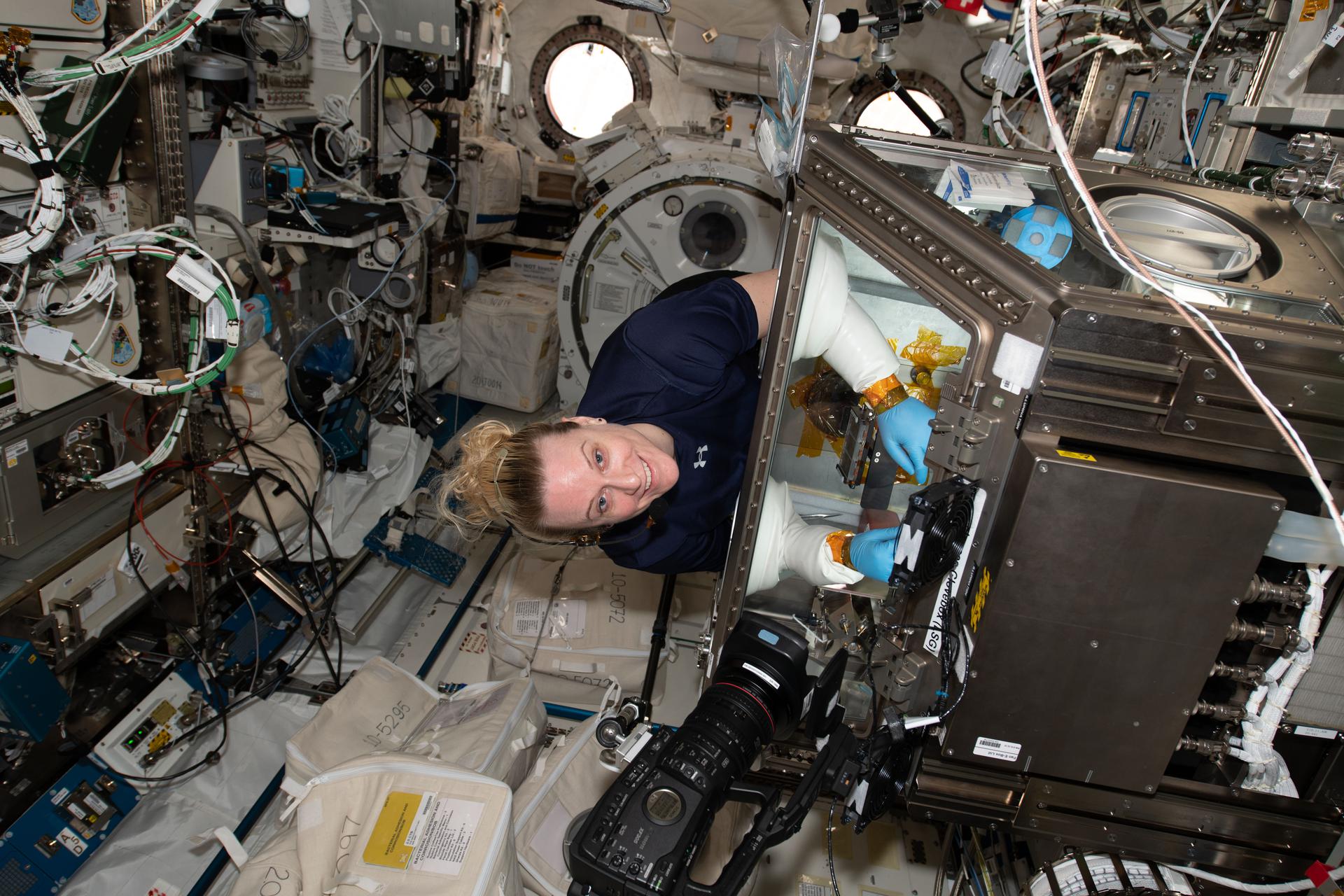

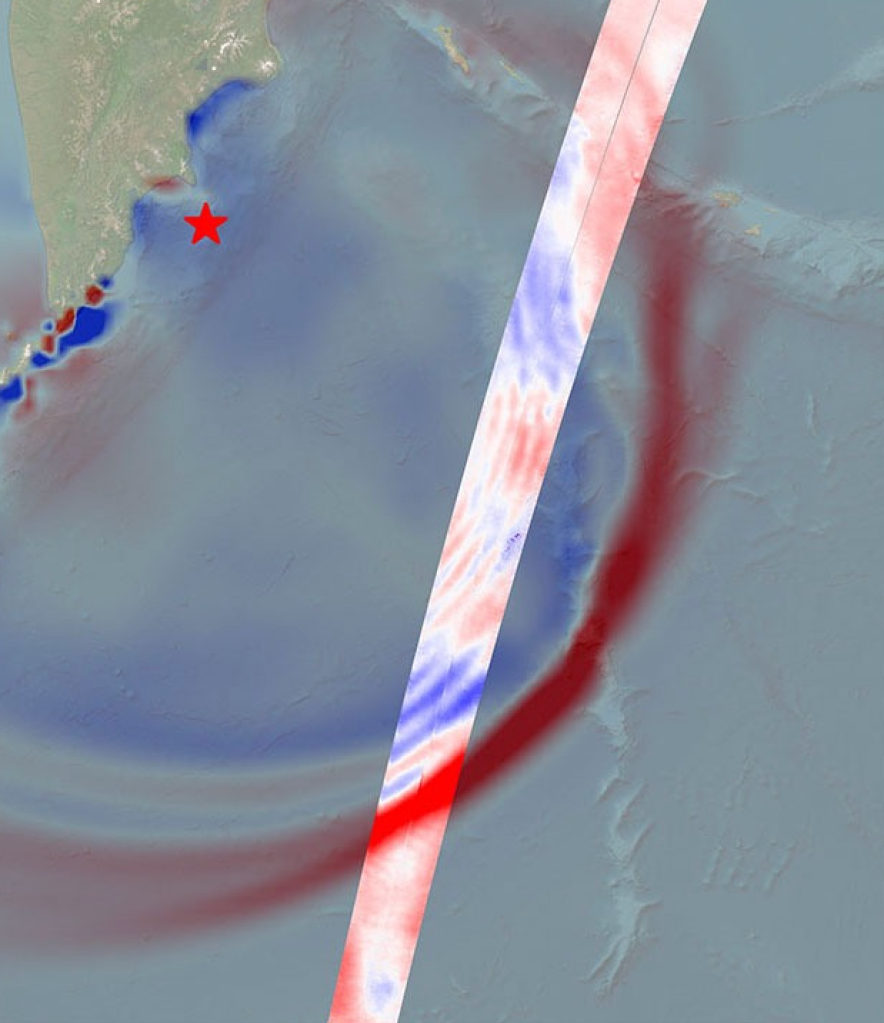









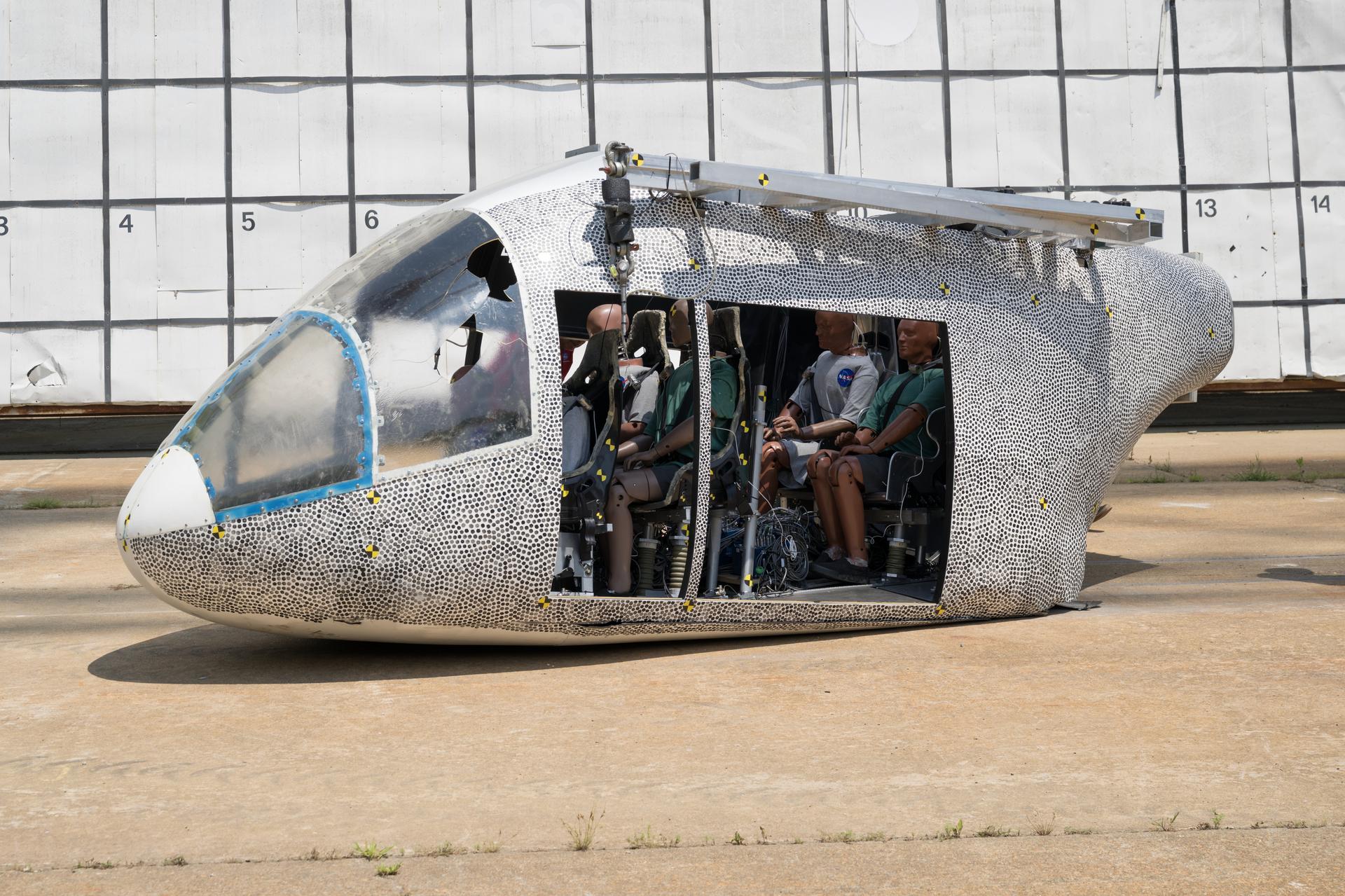



-Carolyn_Y._Ng.jpeg?w=1024)






